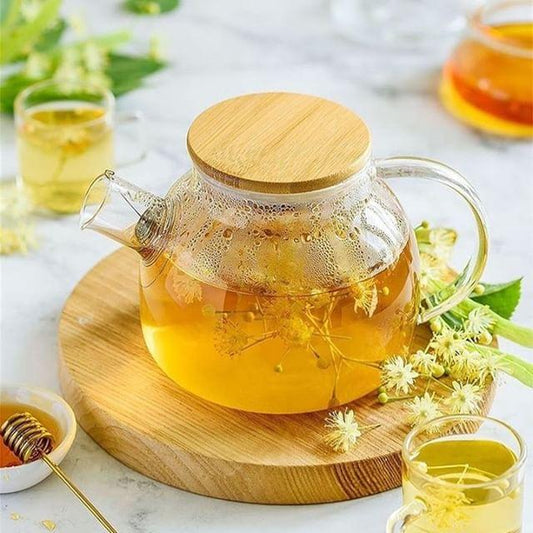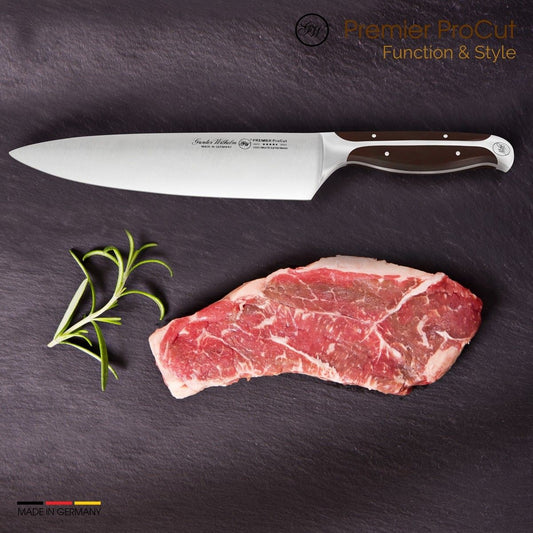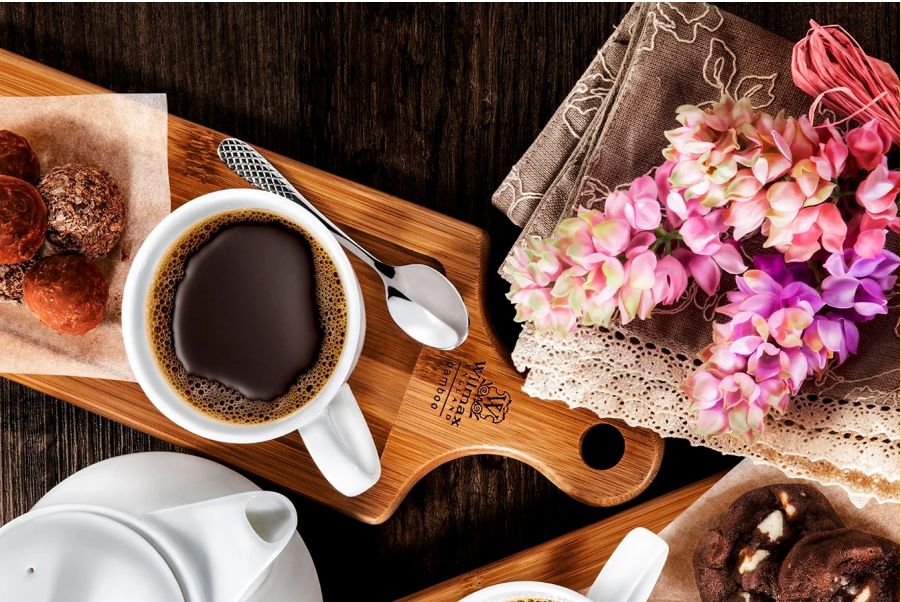Charcoal Chic: Why Burnt, Smoked, and Blackened Are the New Gourmet

Charcoal Chic: Why Burnt, Smoked, and Blackened Are the New Gourmet
From activated buns to ember-roasted veggies, the allure of ash is everywhere.
The culinary world has fallen in love with imperfection. The clean lines of minimalist plating are giving way to the dark romance of smoke, char, and flame. What was once dismissed as “burnt” is now celebrated as depth, drama, and design. From Michelin-starred tasting menus to humble street food, chefs are embracing the art of the burn — a movement known as Charcoal Chic.
This new wave of cooking doesn’t shy away from edges, marks, or bitterness. It thrives on contrast — light and dark, sweet and acrid, raw and refined. In a world obsessed with control, Charcoal Chic honors the beautiful unpredictability of fire.
From Campfire to Culinary Canvas
Humanity’s oldest form of cooking is suddenly our most modern. For millennia, fire defined flavor — roasting, charring, and smoking our food long before ovens or sous-vide baths existed. Somewhere along the way, the flame was tamed. Stainless steel replaced embers; precision replaced instinct. But now, the pendulum swings back toward primal intensity.
Top chefs like Lennox Hastie in Sydney and Niklas Ekstedt in Stockholm are cooking exclusively over wood and charcoal, celebrating the dance between ingredient and flame. Their dishes — blackened leeks, ember-baked beets, flame-kissed scallops — carry the perfume of smoke and the poetry of risk. Every dish is unique, shaped by the fire’s mood that day.
“You can’t control the flame,” says Hastie. “You can only respect it. That’s what makes the food alive.”
The Science of Seductive Char
Charcoal Chic is more than aesthetics — it’s chemistry. The Maillard reaction and controlled pyrolysis transform proteins and sugars into hundreds of complex flavor molecules. These layers of bitterness, nuttiness, and umami awaken the palate like culinary perfume. The trick lies in balance: flirting with the edge of burnt, but never falling over it.
When mastered, this balance creates flavors impossible to replicate through gentler methods. A charred lemon brightens grilled fish with smoky acidity. Blackened onion puree brings depth to a butter sauce. Even desserts now join the fire: burnt honey, toasted meringue, and scorched caramel redefine sweetness with smoky restraint.
It’s flavor architecture — layered, raw, and complex — designed not just to be tasted, but felt.
From Fine Dining to Street Food: The Charcoal Renaissance
The new fire-driven cuisine crosses every border and budget. In Spain, chefs serve charred octopus with smoked paprika and olive oil. In Mexico, street vendors blacken corn until it nearly blisters, then coat it with cotija cheese and lime. Across Southeast Asia, skewers of chicken, lamb, and tofu sizzle over glowing coals, perfuming entire streets with their smoky allure.
Meanwhile, the bakery world has embraced activated charcoal as an ingredient of intrigue. Jet-black croissants, midnight brioche buns, and ink-toned ice creams have become edible fashion statements — dark, dramatic, and impossibly photogenic. What began as a wellness trend in detox drinks has evolved into a full-blown aesthetic revolution.
“Black food feels bold,” says pastry chef Lucia da Costa of Lisbon’s Atelier Preto. “It’s elegant, mysterious, and modern. People eat it with their eyes before their mouths.”
Smoke as a Design Element
Charcoal Chic isn’t limited to taste — it’s also transforming the visual language of dining. Interior designers and restaurateurs have embraced darker palettes inspired by ember and ash. Matte black ceramics, slate-grey table linens, and smoky glassware create backdrops where color and texture come alive.
The aesthetic echoes the Japanese concept of wabi-sabi — finding beauty in imperfection. A chipped glaze, a slightly uneven char mark, or a naturally cracked plate is no longer a flaw but a signature of authenticity. Diners, especially younger ones, are drawn to this honesty. It feels tactile, human, and real in a world of digital gloss.
Even plating has adapted to the trend. Chefs layer food against black slate or smoked wood boards, contrasting vibrant greens and glowing sauces against the darkness beneath. The result? A feast for both the eyes and emotions — moody, primal, and cinematic.
The Aroma of Emotion
Scientists studying sensory experience have found that smoke triggers deep emotional memory. The smell of burning wood or caramelizing sugars recalls campfires, barbecues, and warmth — moments of connection. Restaurants have begun to harness this nostalgia consciously, using smoke as an emotional design tool.
In Copenhagen, chefs serve dishes under glass domes, releasing a swirl of oak or hay smoke at the table. The experience feels ritualistic, theatrical, even meditative. It’s not just dinner — it’s storytelling through scent.
“Smoke has presence,” says food designer Mariko Fujita. “It moves, it breathes. It reminds us that cooking is alive — not static.”
Fire Meets Wellness
Ironically, this dark culinary trend aligns with modern wellness culture. Slow-cooked, fire-kissed foods often use less oil and fewer additives. Smoking and grilling enhance natural flavors, reducing the need for salt or heavy sauces. And ingredients like activated charcoal — while debatable as a “detox” — add subtle earthiness and visual drama without excess sugar or fat.
Restaurants are also rethinking sustainability through smoke. By cooking over wood, many kitchens use renewable energy sources or upcycled fruitwood chips from vineyards and orchards. The return to flame is, in many ways, a return to simplicity — to cooking that respects both ingredient and environment.
Charcoal Chic at Home
You don’t need a restaurant-grade hearth to bring Charcoal Chic into your kitchen. A simple cast-iron skillet, grill pan, or even a kitchen torch can create those desirable smoky notes. Try charring seasonal vegetables — zucchini, eggplant, or bell peppers — until their skins blister and blacken. Finish them with olive oil and lemon to reveal sweetness beneath the burn.
For dessert, toast meringue or brûlée sugar until just past golden — into the edge of bitterness. Or experiment with black sesame paste, a natural gateway to smoky, nutty flavor. The contrast of dark ingredients with light ceramics makes every plate feel curated, almost architectural.
Even your dinnerware can join the trend. Mix matte black bowls with rough linen napkins or charred wood serving boards. The interplay of texture and tone makes the table feel intimate, modern, and grounded — like a quiet firelight gathering in your own home.
The Psychology of the Burn
There’s a reason diners are drawn to this darker side of cuisine. Charred flavors speak to something emotional — a craving for authenticity, risk, and contrast. In a sanitized, algorithmic world, the imperfect mark of flame feels rebellious. It’s a taste of control lost and rediscovered.
Charcoal Chic, then, isn’t just about food. It’s a cultural shift — a reminder that beauty can emerge from transformation, even destruction. The flame consumes, yes, but it also renews. In this way, every burnt edge becomes a metaphor: proof that refinement and rawness can coexist beautifully.
The Future of Smoke and Style
As designers and chefs collaborate more closely, expect to see smoke extend beyond the plate — into cocktails, décor, and even fashion. Perfume houses are already experimenting with “smoked vanilla” and “burnt cedar” notes inspired by restaurant trends. Bars use smoked ice cubes and charred fruit for visual theatre. Tableware brands are producing entire collections in deep carbon tones to complement the movement.
It’s a full sensory renaissance — where taste, texture, scent, and sight all revolve around the primal element of fire. What started as a niche fascination has become a defining symbol of modern sophistication: imperfect, instinctive, and irresistibly human.
In the world of flavor and design, the future isn’t spotless — it’s scorched, smoky, and stunning.
Share:





